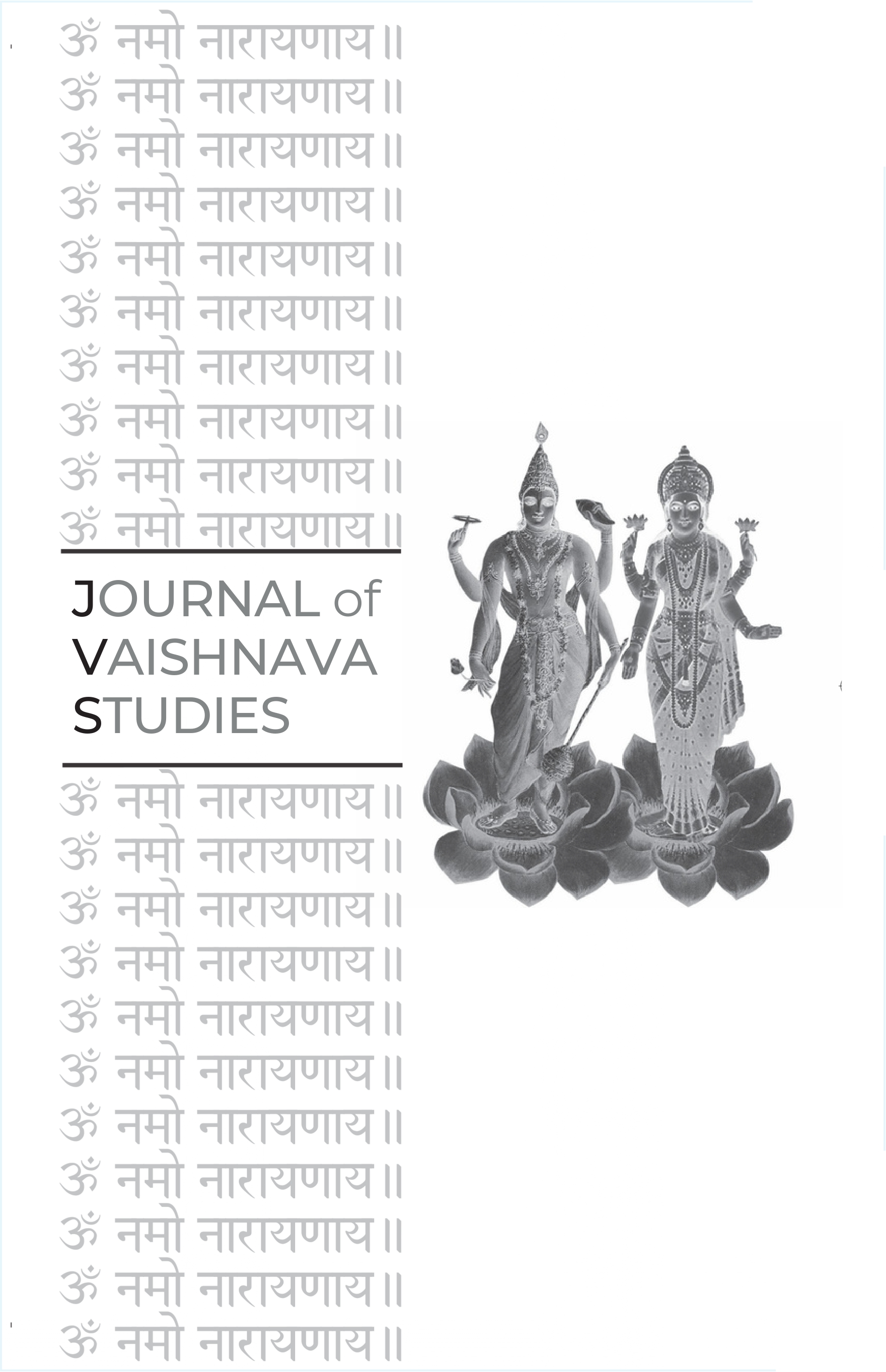Emerson’s Gītā
Keywords:
Ralph Waldo Emerson, Bhagavad Gītā, American Transcendentalism, Orientalism, Oversoul, self-reliance, spiritual classics, Western metaphysics, cross-cultural receptionAbstract
E. H. Rick Jarow’s "Emerson’s Gītā" investigates how Ralph Waldo Emerson—key figure of American Transcendentalism—received and reimagined the Bhagavad Gītā within his spiritual and intellectual framework. Drawing upon Emerson’s journals, essays, and poetry, Jarow argues that Emerson approached the Gītā less as a doctrinal Hindu scripture and more as a mirror for his own metaphysical intuitions—especially concerning self-reliance, universal soul (Oversoul), and inner action. The article critiques Emerson’s decontextualized and often selective readings, showing how he filtered the Gītā through a Euro-American idealist lens that emphasized moral will, nonconformity, and abstraction over theological depth or bhakti. Jarow further examines how Emerson internalized key phrases such as “the slayer thinks he slays” as metaphors for detachment and autonomy, rather than Vedantic teachings on ātmā. The essay situates Emerson’s reception of the Gītā within both 19th-century Orientalist discourse and the emerging Western canon of “spiritual classics,” noting the hybrid vigor and limitations of his vision. Ultimately, Jarow encourages readers to see Emerson’s engagement not as appropriation or fidelity, but as creative reinvention—one that sparked enduring interest in the Gītā for generations of American seekers.Published
2007-12-13
Issue
Section
Articles





